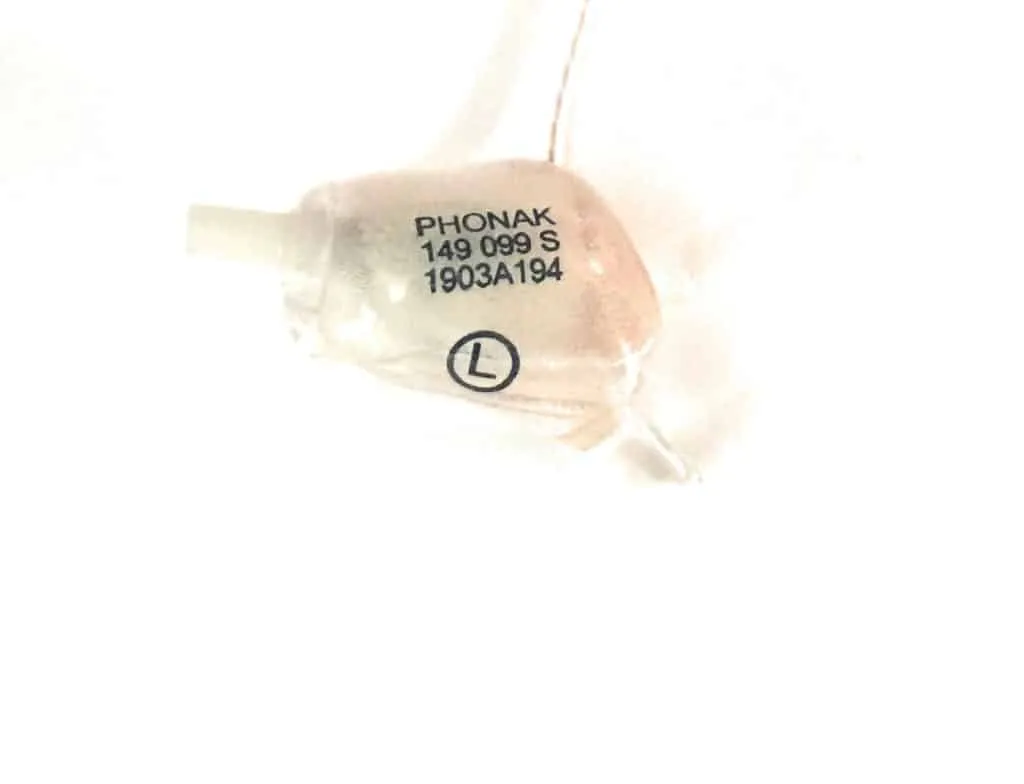This post contains affiliate links. As an Amazon Associate, I earn from qualifying purchases.
Hearing loss and essential tremors are two common age-related health concerns that can significantly affect daily living. While hearing loss becomes more prevalent with age, essential tremors—uncontrollable shaking, usually in the hands—can make even simple tasks frustrating. Recent research shows a potential link between these conditions1,2, creating compounded challenges for affected individuals. This article outlines practical strategies to help manage both hearing loss and hand tremors together.
According to studies, 46% of adults experience some form of hearing loss by age 481, and essential tremors affect up to 3.9% of adults2. The combination of these conditions can make handling delicate hearing aid tasks—like battery changes, cleaning, or insertion—difficult without assistance.
Let’s explore five actionable tips to help individuals with hand tremors use their hearing aids more comfortably and independently.
Tip 1: Simplify Battery Changes with Tools or Rechargeable Aids
Changing hearing aid batteries is a major obstacle for those with shaky hands. A simple solution is using a magnet tool like this one from Oticon to guide and place the battery. These tools provide a firm grip without requiring fine motor precision.
Even better, consider switching to rechargeable hearing aids to avoid battery swaps altogether. However, some rechargeable models—especially behind-the-ear (BTE) styles—may still pose insertion challenges for those with tremors.
Tip 2: Replace Wax Traps with Easier-to-Clean Alternatives
Wax traps are small filters that block earwax from entering the hearing aid receiver. While necessary, replacing them requires fine motor skills. Individuals with tremors should consider extended receiver tubes, which are easier to handle and clean with a soft brush or cloth.


If your hearing aids are still under warranty, ask your audiologist if the manufacturer can retrofit them with receiver tubes. Regular cleaning will be required, but it’s far more manageable than replacing tiny wax traps.
Tip 3: Choose the Right Hearing Aid Style
Hearing aid style and form factor matter significantly when dexterity is an issue. Full-shell in-the-ear (ITE) devices are generally easier to handle and insert than smaller models. They also use larger batteries, making battery changes simpler.

In contrast, receiver-in-the-canal (RIC) aids may offer better acoustics but are harder to insert and maintain for users with hand tremors. Discuss style options thoroughly with your audiologist before purchasing.
Tip 4: Consider the Lyric Hearing Aid
Lyric hearing aids offer a near maintenance-free experience. Inserted deep into the ear canal by a licensed audiologist, they stay in place for up to 2 months—even during sleep and showering. There’s no battery to change and no wax traps to clean. They’re a great option for users with tremors, though they require periodic visits for replacement and come with a subscription model.

Tip 5: Use a Pocket Talker for Simplicity
If hearing aids are too difficult to manage alone and caregiver support is limited, consider the Pocket Talker. This personal amplifier uses over-the-ear headphones, simple volume controls, and provides immediate amplification for conversations or watching TV. It’s a budget-friendly option and ideal for those with hand dexterity limitations.

Managing hearing aids with hand tremors requires thoughtful solutions and often some professional guidance. Consult with your audiologist about which combination of tools, devices, or alternative technologies best fit your physical and hearing needs. With the right strategy, you can maintain your independence and confidence in communication.

